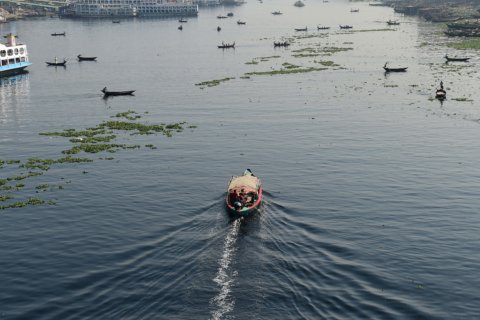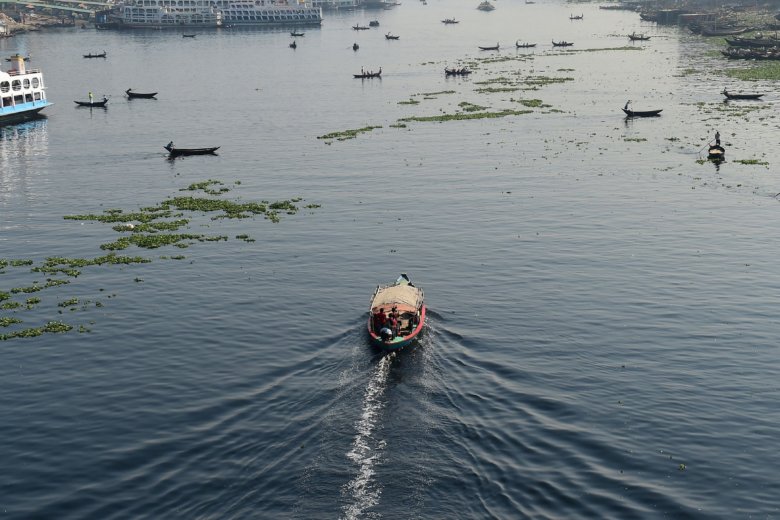
The world’s rivers are widely contaminated with antibiotics, according to a new global study, the first of its kind.
Researchers from the University of York in the UK analyzed samples from rivers in 72 countries and found that antibiotics were present in 65% of them.
Dangerous levels of contamination were most frequently found in Asia and Africa, the team said, with sites in Bangladesh, Kenya, Ghana, Pakistan and Nigeria exceeding safe levels by the greatest degree.
The worst case was found at a site in Bangladesh, where concentrations of the drug Metronidazole — which is used to treat bacterial infections, including skin and mouth infections — exceeded safe levels by up to 300 times.
Safe levels can range from 20,000 to 32,000 nanograms per liter (ng/l), depending on the antibiotic, according to new guidelines established by the AMR Industry Alliance, a coalition of biotech, diagnostics and pharmaceutical companies set up to provide sustainable solutions to curb antimicrobial resistance.
Researchers looked for 14 commonly used antibiotics in their samples. They found Trimethoprim — a drug primarily used to treat urinary tract infections — at 43% of the river sites tested, making it the most prevalent antibiotic found in the study.
The bacteria-fighting Ciprofloxacin most frequently exceeded safe levels, surpassing the safety threshold in 51 places, according to researchers.
The data was collected from 711 sites, and from some of the world’s best-known rivers, including the Chao Phraya, Danube, Mekong, Seine, Thames, Tiber and Tigris.
Researchers found that high-risk sites were typically next to wastewater treatment plants, waste or sewage dumps and in some areas of political turmoil.
While safe limits were most frequently exceeded in the developing world, data from sites in Europe, North America and South America show that antibiotic contamination is a “global problem,” according to the researchers.
John Wilkinson, a postdoctoral research associate at the University of York’s Department of Environment and Geography, who coordinated the monitoring work, said the “real important part of the work is beginning to answer the question of: ‘So what?’ Or more specifically: “Does this contamination pose a risk to health in humans or the environment?’ ”
A ‘global crisis’
Last month, the United Nations called resistance to antibiotics, antivirals, antifungals and antiprotozoals a “global crisis.”
Drug-resistant diseases cause at least 700,000 deaths globally a year, including 230,000 deaths from multidrug-resistant tuberculosis, according to a report by the United Nations’ Interagency Coordination Group on Antimicrobial Resistance.
Without concerted global action, the authors of the UN report estimate that up to 10 million people a year may die from drug-resistant diseases by 2030.
Alistair Boxall, professor of environmental science at York, called the river study’s findings “eye opening and worrying,” saying they demonstrate that the antibiotic contamination of rivers could be an “important contributor” to antimicrobial resistance.
To counter that, Boxall said, it will be necessary to invest in infrastructure for waste and wastewater treatment, tighten regulations and clean up already contaminated sites.
“Solving the problem is going to be a mammoth challenge,” he said.
The researchers will present their findings at the annual meeting of the Society of Environmental Toxicology and Chemistry in Helsinki on Monday and Tuesday.








